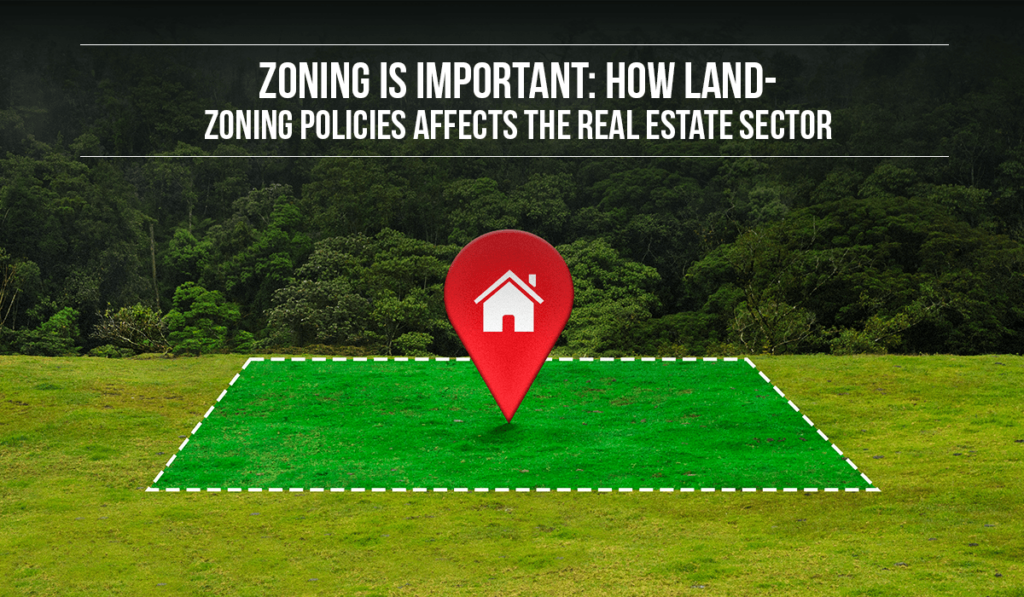Zoning is an urban planning approach in which a municipality or other level of authority divides a region of land into “zones,” each of which has different guidelines for new construction from other zones. In the case of form-based zoning, the various regulations may govern the density, size, and shape of authorised buildings irrespective of their use. Zones may be defined for single use (such as residential or commercial), they may combine several compatible activities by use, or they may combine multiple uses altogether. Rules are set up to control urban development and progress.
Zoning is primarily used to separate uses that are deemed to be incompatible. Zoning is frequently used to protect a community’s “culture” and/or to block potential development from obstructing existing uses. Let us know more about different types of zoning.
- Single-use Zoning
Only one type of use is permitted in each zone under single-use zoning. Residential, mixed-use residential-commercial, commercial, industrial, and spatial are common examples of single-use zones. Each category is capable of having several subcategories. For instance, the commercial category can have distinct zones for small-retail, large retail, office use, accommodation, and other purposes, while the industrial category might be separated into heavy manufacturing, light assembly, and warehouse applications.
- Mixed-use Zoning
Mixed-use zones have been established within certain zoning regimes to support the New Urbanist concept of walkable communities mixing cafés, restaurants, workplaces, and residential development in a same area. In order to let people to live, work, and socialise in a small geographic area, these nonetheless apply the fundamental zoning regulation processes of barring incompatible uses like heavy industrial or sewage farms and permitting suitable uses like residential, commercial, and retail activities.
- Form-based Zoning
Form-based zoning controls the possible forms of land use rather than the type of land use. For example, form-based zoning may mandate minimal setbacks, high density, and pedestrian accessibility in a dense location. In order to build more livable and flexible surroundings, form-based codes (FBCs) are created to immediately respond to the physical structure of a community.
- Conditional Zoning
Increased flexibility and the ability for cities to respond to the special characteristics of a given land use plan are made possible by conditional zoning. Conditional use zoning allows for the approval of uses like schools and community centres that might not be permitted under the current zoning. Conditional use licences, also known as special use permits, allow land uses that, due to their unique character, may only be appropriate in specific places or when set up or operated in a specific way.
- Pattern Zoning
Pattern zoning is a zoning method where a municipality offers licensed, pre-approved building plans, usually with a streamlined approval process. Within a particular neighbourhood or jurisdiction, pattern zoning is used to lower obstacles to housing development, produce more affordable housing, lighten the workload of the permit-review staff, and produce high-quality home designs.
Land zoning shapes the places where we live, and also real estate sector. It regulates where we can find housing, schools, and parks, and who gets to use them. Learn more about land zoning and many other aspects through our Real Estate Business Management online program.

